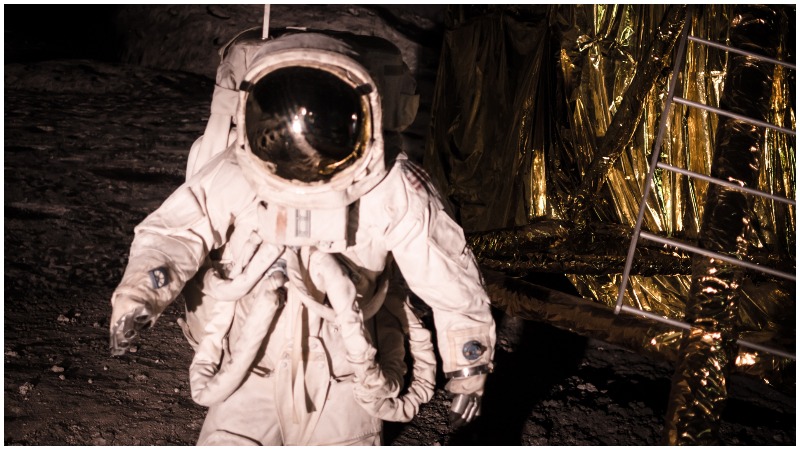In the spring of 1979, the sci-fi classic movie Alien was released. To this day, the two most memorable scenes in what became a series of four films is when Kane (actor John Hurt) gets attacked and has a crab-like being plant itself on his face, and then, seemingly okay after it is removed, has its young burst forth from his chest while he and the rest of the crew are eating lunch.
That was a movie, but in 1969 the idea of alien infestation was very real. On July 24th, Neil Armstrong, Edwin “Buzz” Aldrin and Michael Collins returned from the first mission to land human beings on the moon.
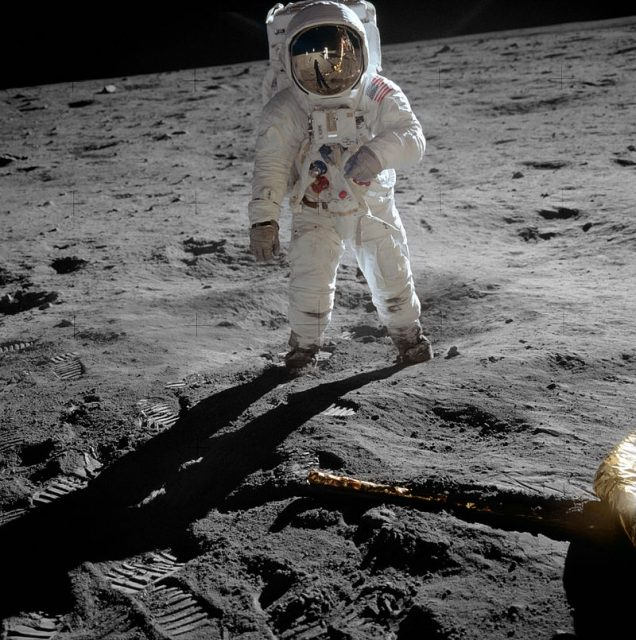
Though prior flights had flown close orbits of Earth’s satellite and knew it wasn’t a “Man in the Moon” or “made of cheese” or any other nonsense, no one had ever landed on the surface.
In 2018, after six manned moon landings, countless investigations of the rocks brought back by lunar satellites, and many excursions into deep space by probes such as Voyager, Mariner and Cassini, we have a much wider and more informed grasp of what the solar system holds.
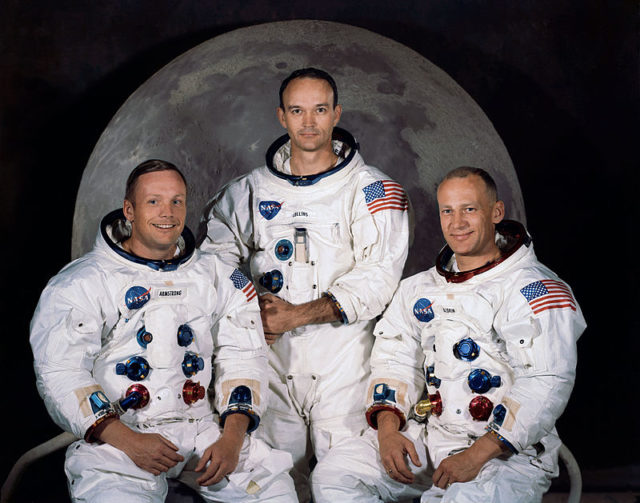
Still, the Mars rover is looking for signs of life on the red planet, and we are constantly learning new things about planets, comets and asteroids. That is fifty years of data.
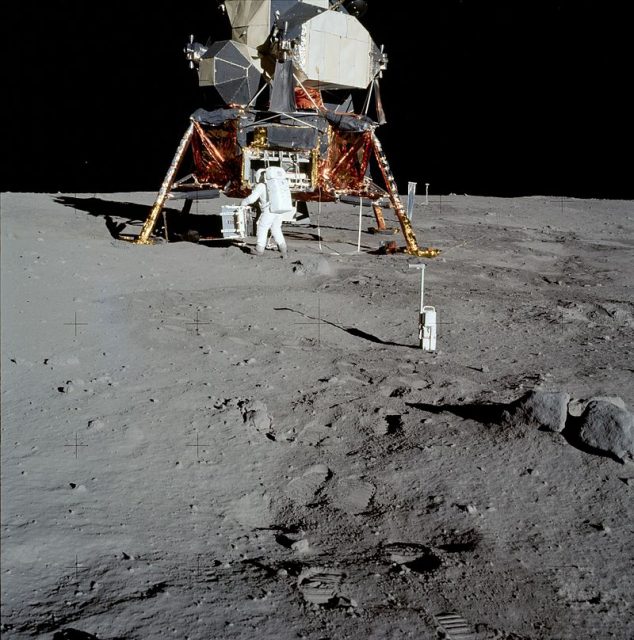
In 1969, human beings knew next to nothing about space. Armstrong’s first steps on the moon on July 20th were tentative – not just because of the magnitude of what he was about to do, but because he wasn’t 100 percent sure of what the surface was going to be like.
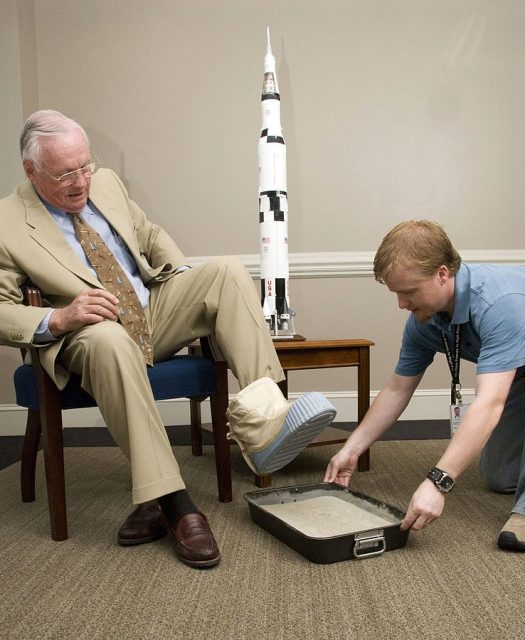
He spent twelve minutes on the surface alone before he was joined by his crew-mate Aldrin. They spent about two and a half hours on the lunar surface, collecting minerals, learning about walking in the reduced gravity, taking photographs/video and leaving behind memorials of their visit.
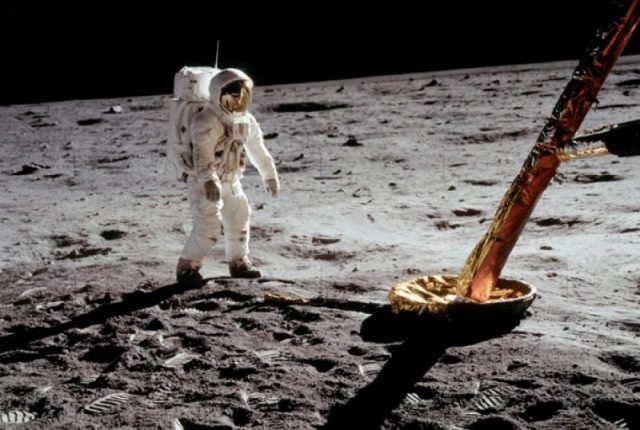
When they returned home, their capsule splashed down in the Pacific, where they were met by the aircraft carrier USS Hornet.
When the capsule doors were opened, Navy swimmers awaiting them immediately gave the crew what were called “Biological Isolation Garments,” which were to be worn until the men of Apollo 11 reached a specially prepared trailer on the Hornet.
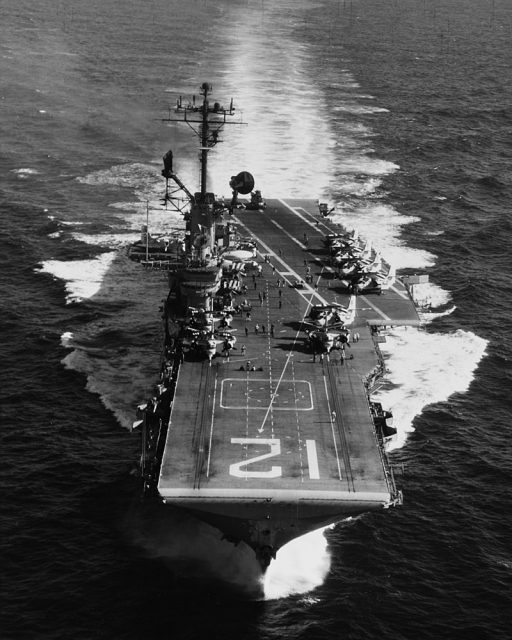
In what showed remarkable planning and foresight at the time, the astronauts were not to be seen or contacted by anyone until they got to their trailer, other than the swimmers and a Navy doctor — and even these kept their distance.
The crew of the rescue helicopter were sealed off from the astronauts themselves. Upon reaching the Hornet, the helicopter crew, the swimmers and the doctors left. The Apollo 11 crew were lowered via the deck elevator into an isolated hangar below.
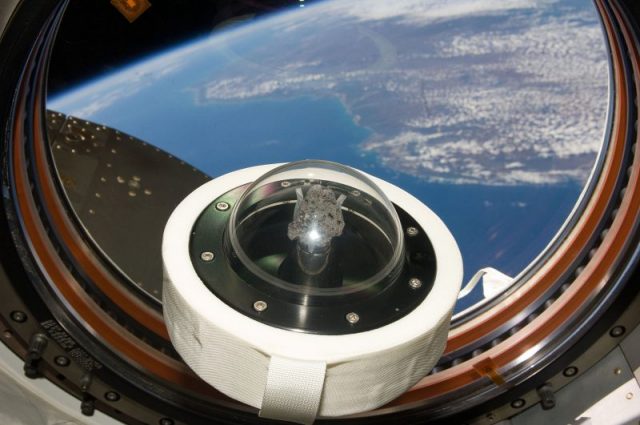
Once there, the members of the Apollo crew entered a specially made Jetstream trailer which was hermetically sealed from within. Only then could the members of NASA approach the returned astronauts.
After a brief interview, they were greeted by President Richard Nixon, who spoke to them through microphones while the astronauts were at the window of the trailer.
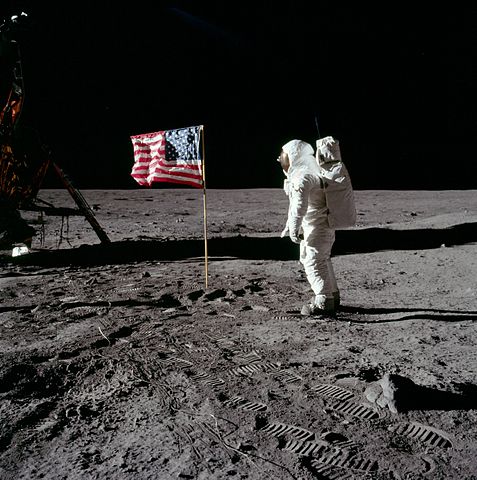
All of this was done in case the men of Apollo brought back either known or unknown pathogens from their visit to the Moon. Prior to the flight, doctors and scientists had judged that the chances of the crew bringing back a pathogen of some kind from the Moon were remote in the extreme, but believed that on the off-chance that they did, human beings would have no immunity for it, and it might cause a world-wide pandemic.
The risks were judged too high, despite the long odds, and the quarantine program was begun. To this end, the “Extra-Terrestrial Exposure Law” was enacted by Congress on July 16th, prior to the Moon Landing.
The three men crew of Apollo 11 spent twenty-one days aboard the MQF (“Mobile Quarantine Facility”). The trailer itself was moved from the Hornet to a specially prepared area at Pearl Harbor, and the astronauts, after being debriefed, were joined by volunteer doctors who ran tests on them and observed every moment until they were finally released from quarantine. The Columbia module was also set aside and washed from stem to stern with the anti-infective liquid Betadine.
Read another story from us:Three Men Sued NASA for Trespassing on Mars
The Apollo astronauts were given a heroes’ welcome, but they all said the hardest part of being in the trailer was being so close yet so far away from their loved ones, some of whom had flown to Pearl Harbor to be with them when they were released.
